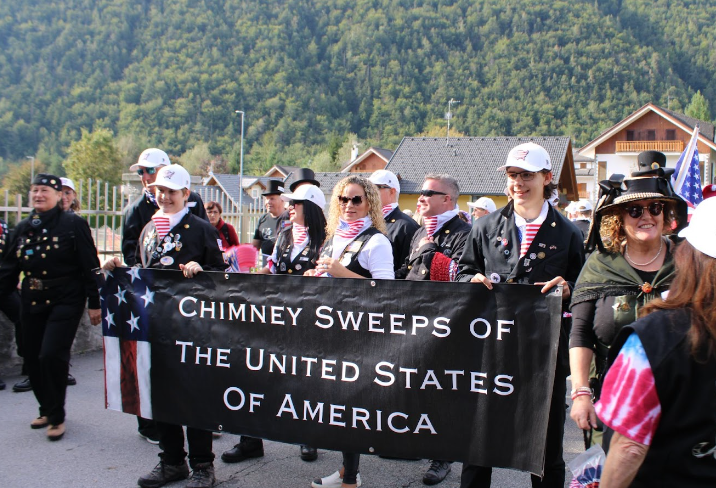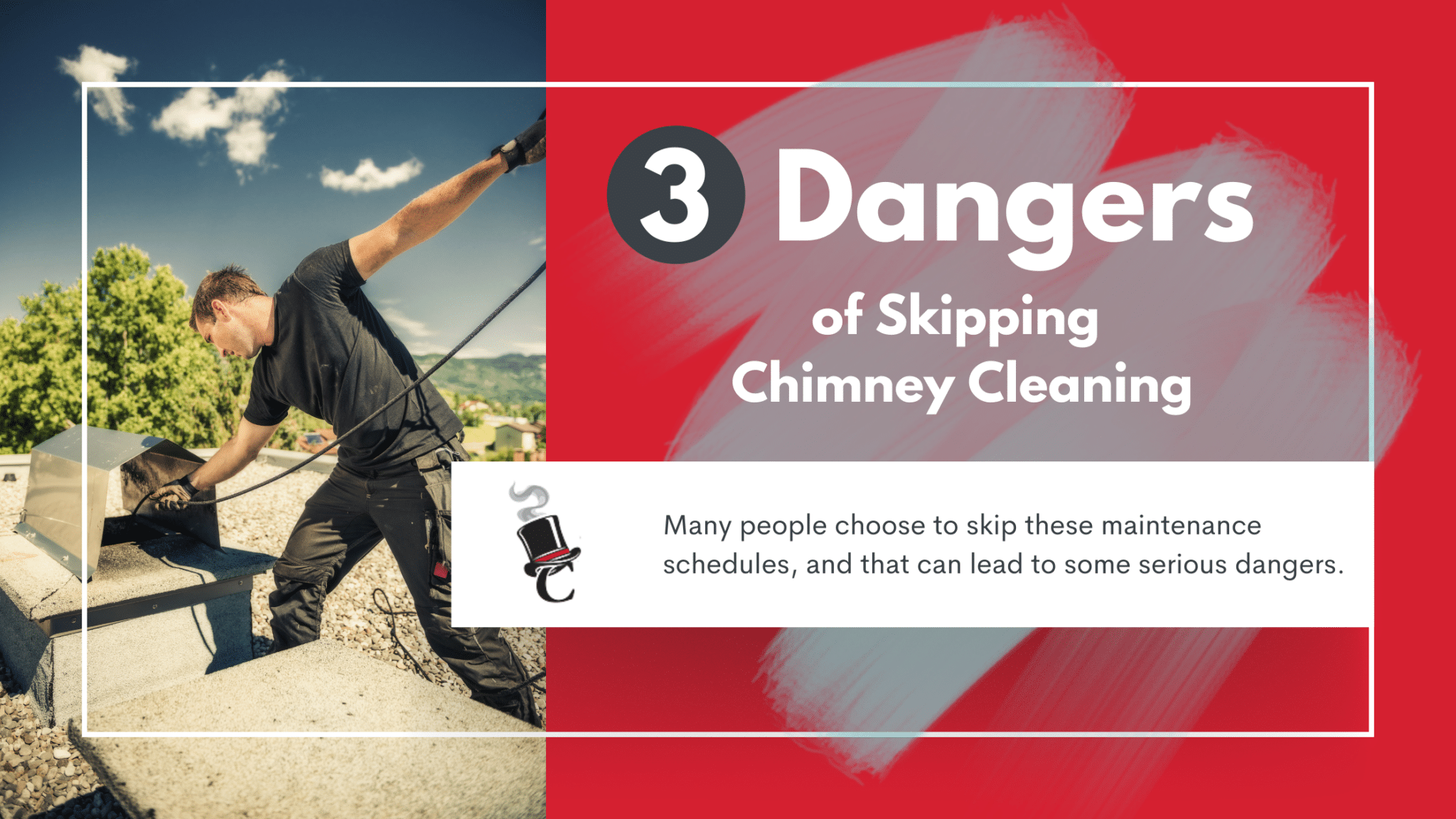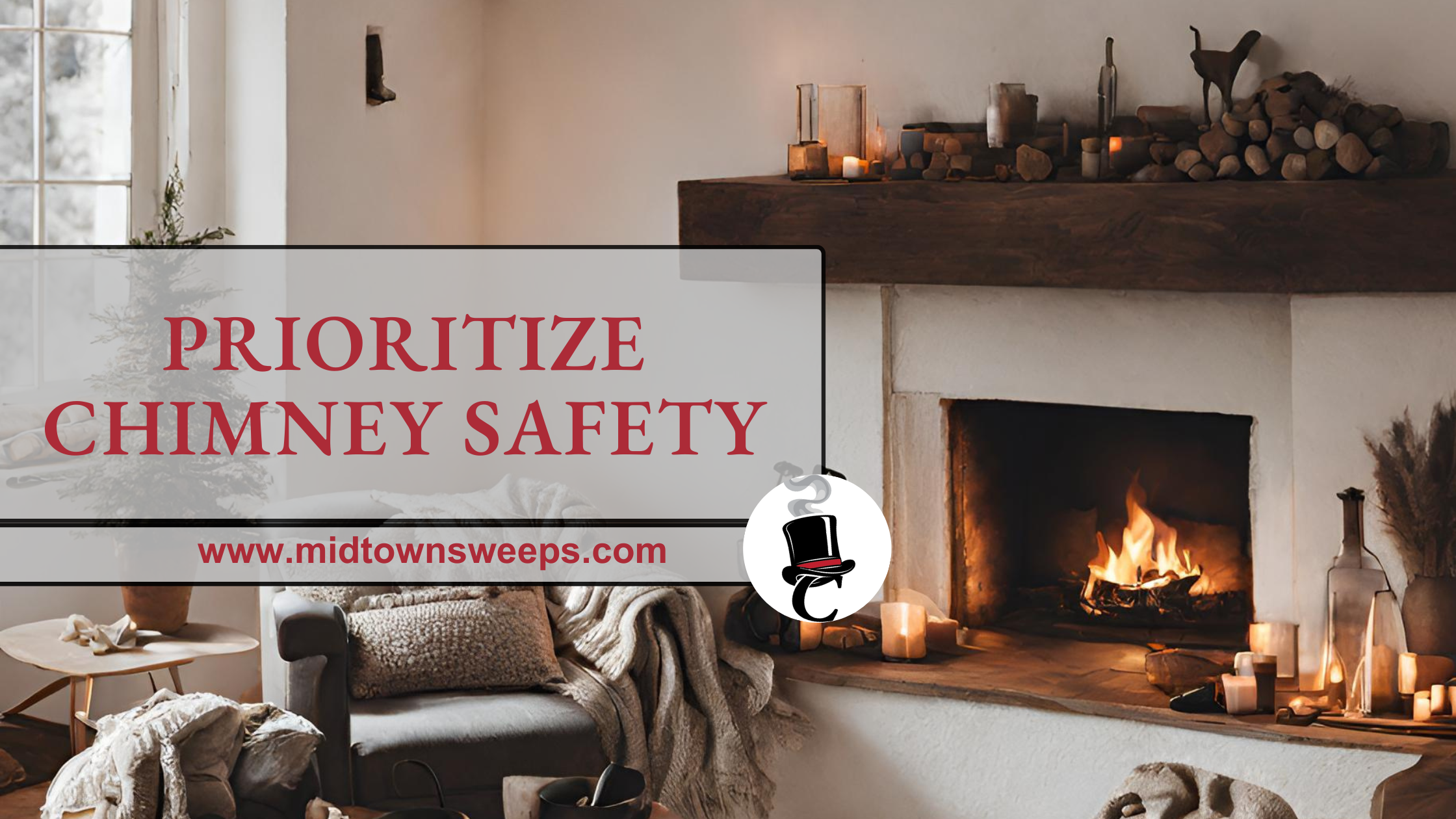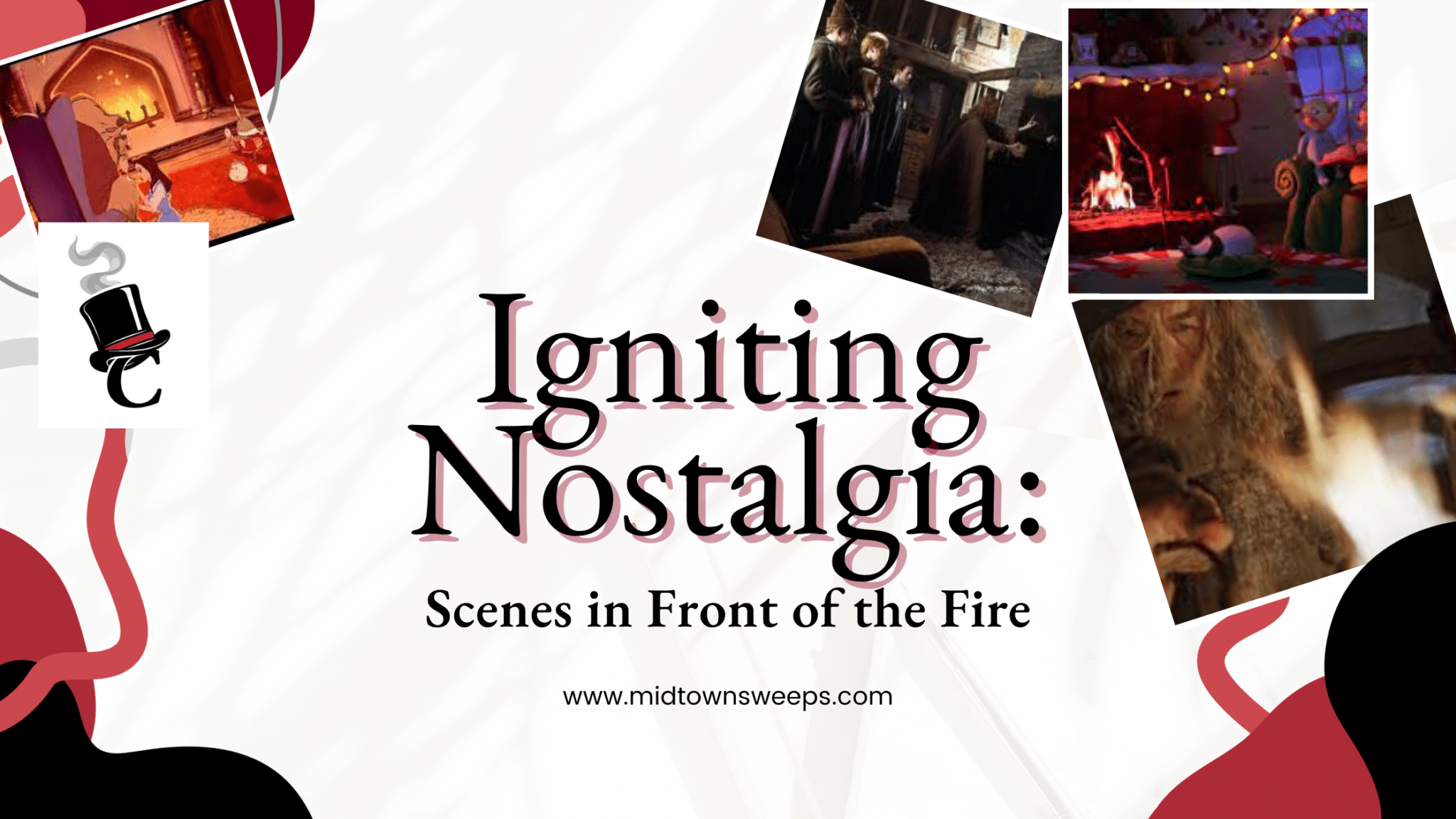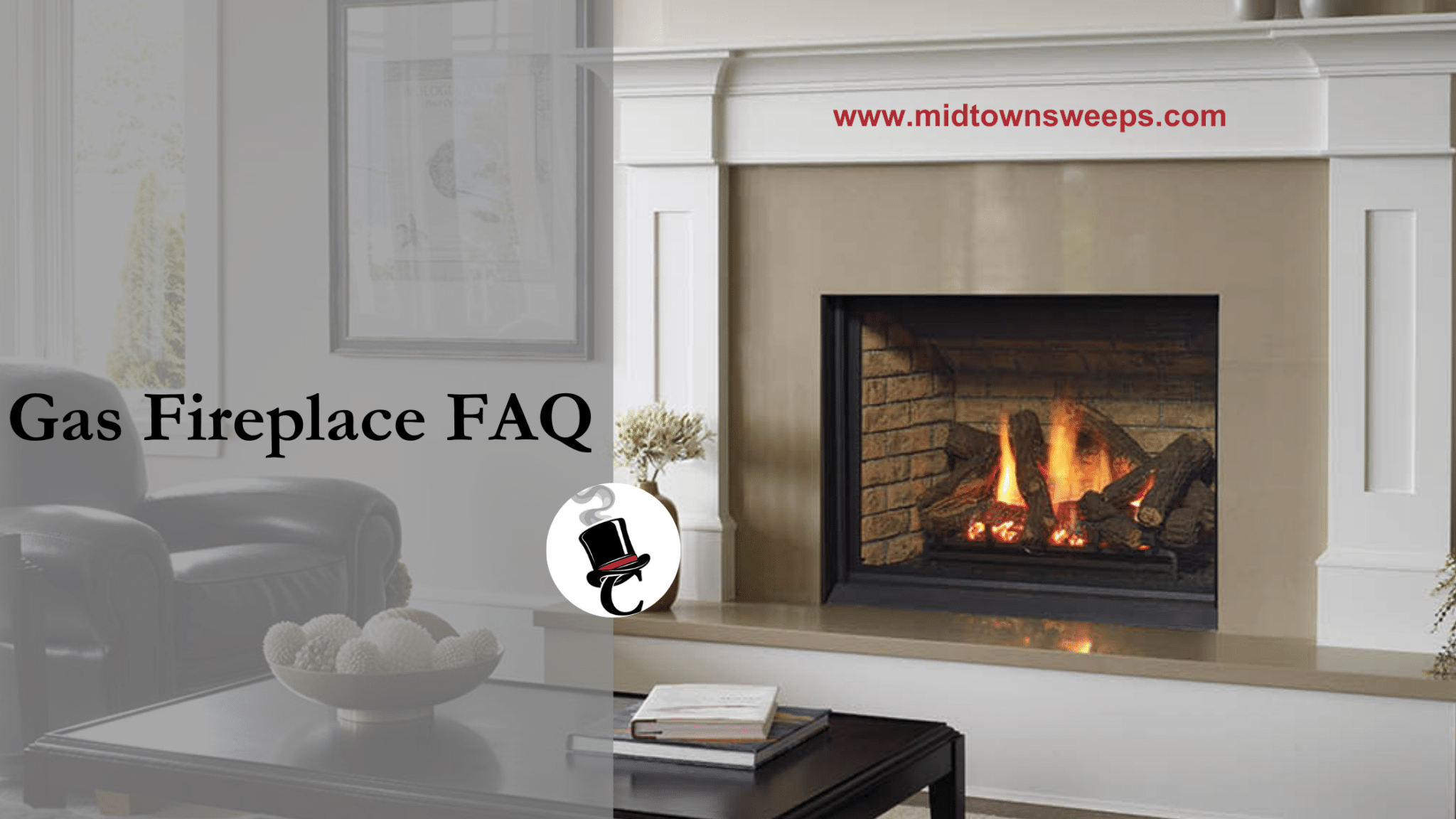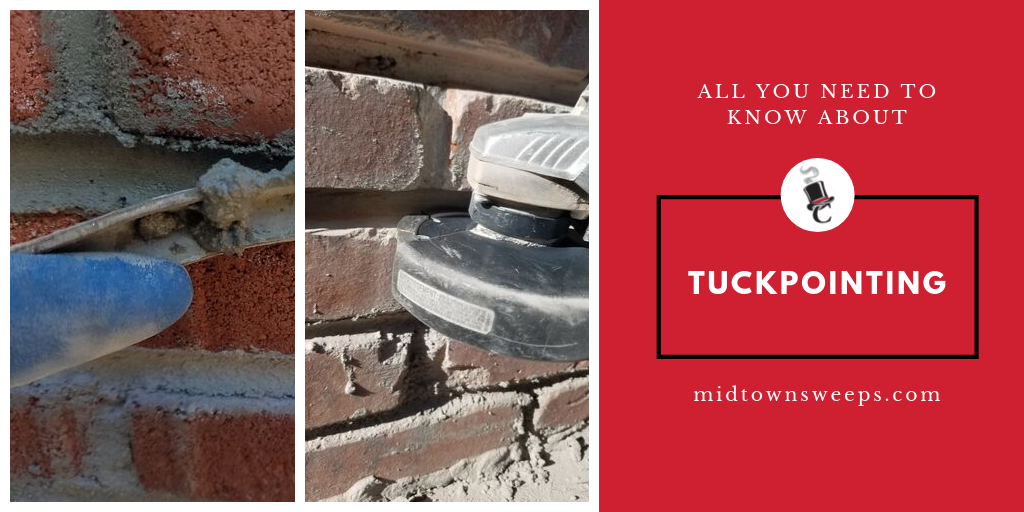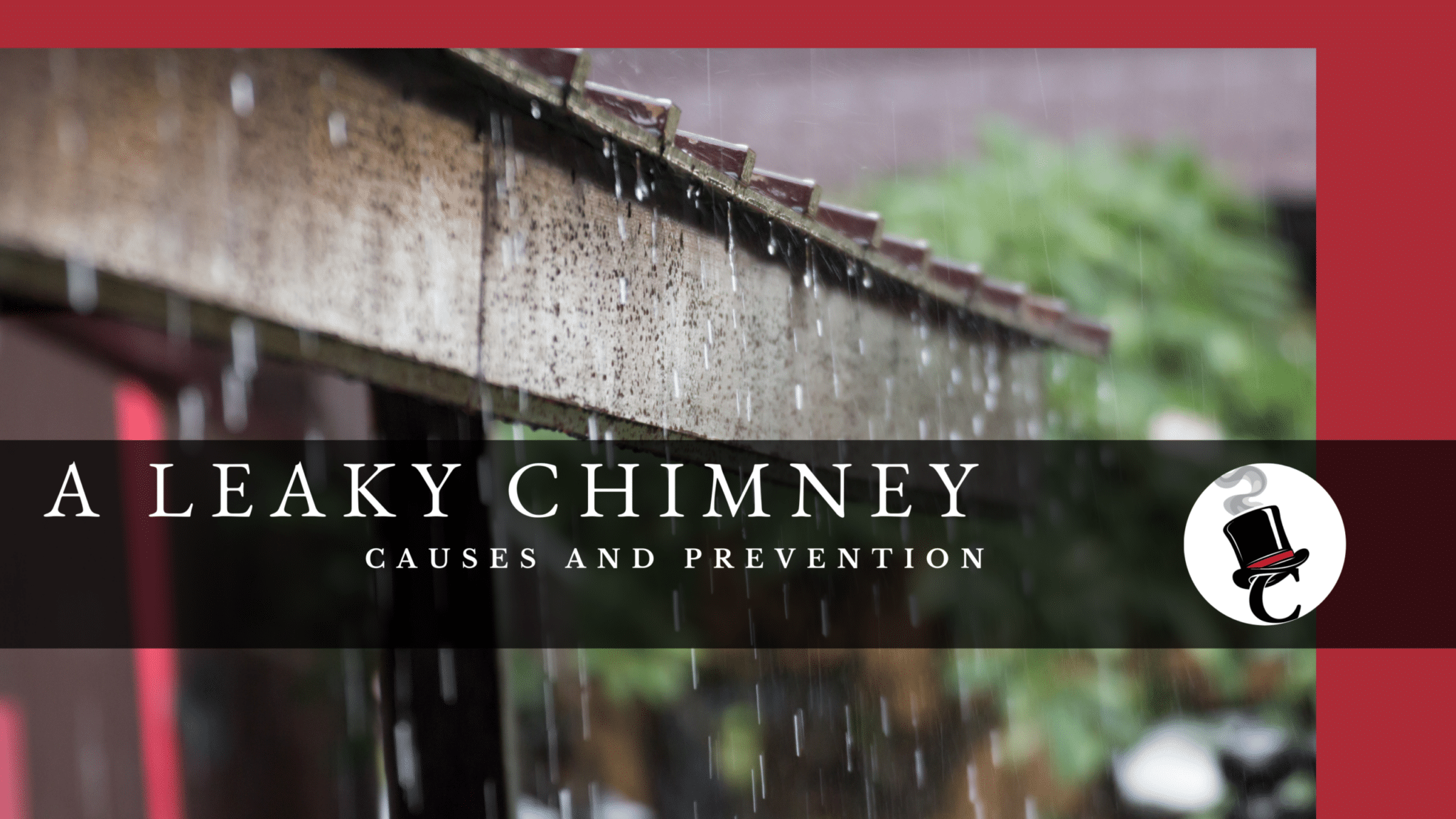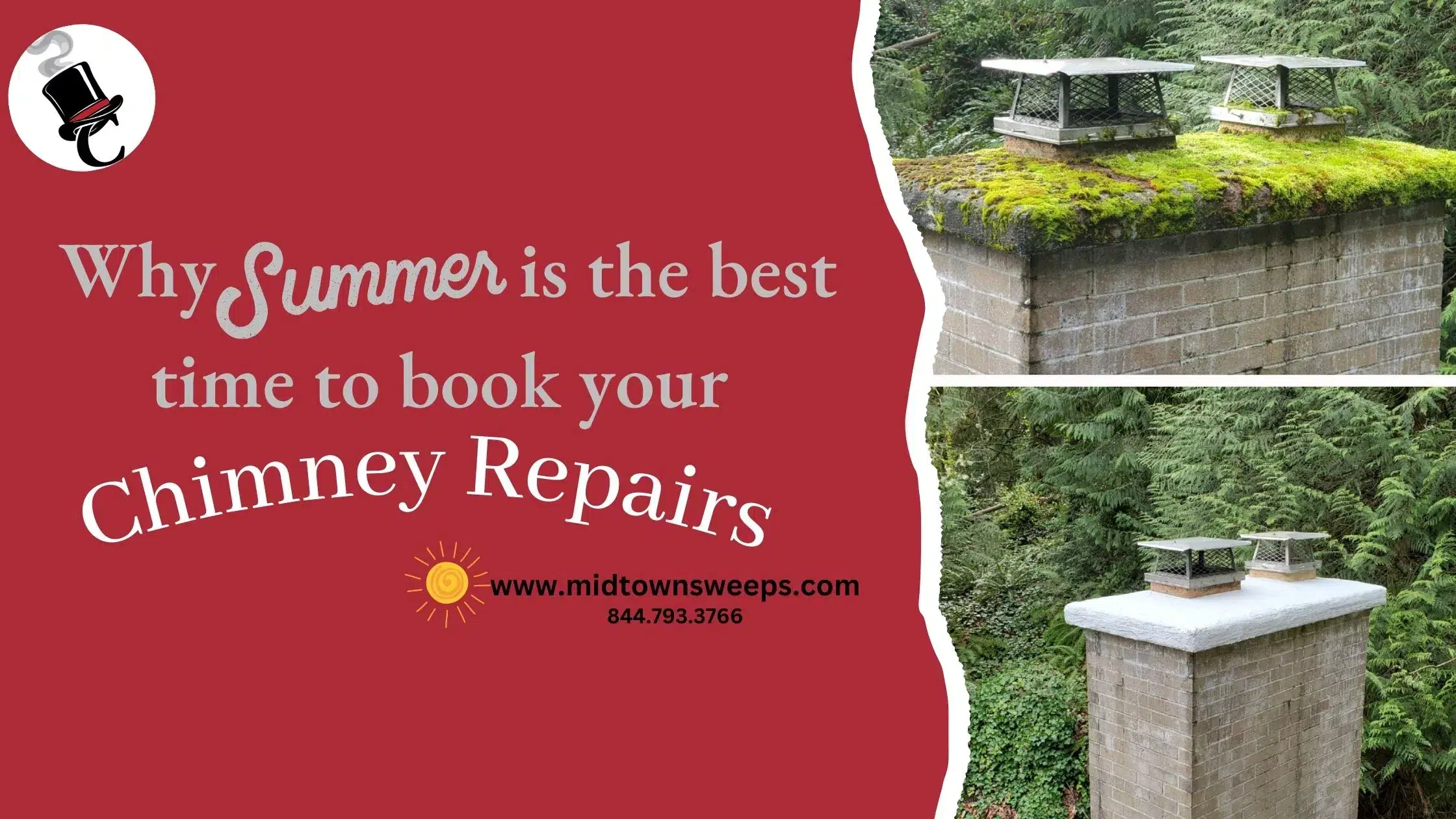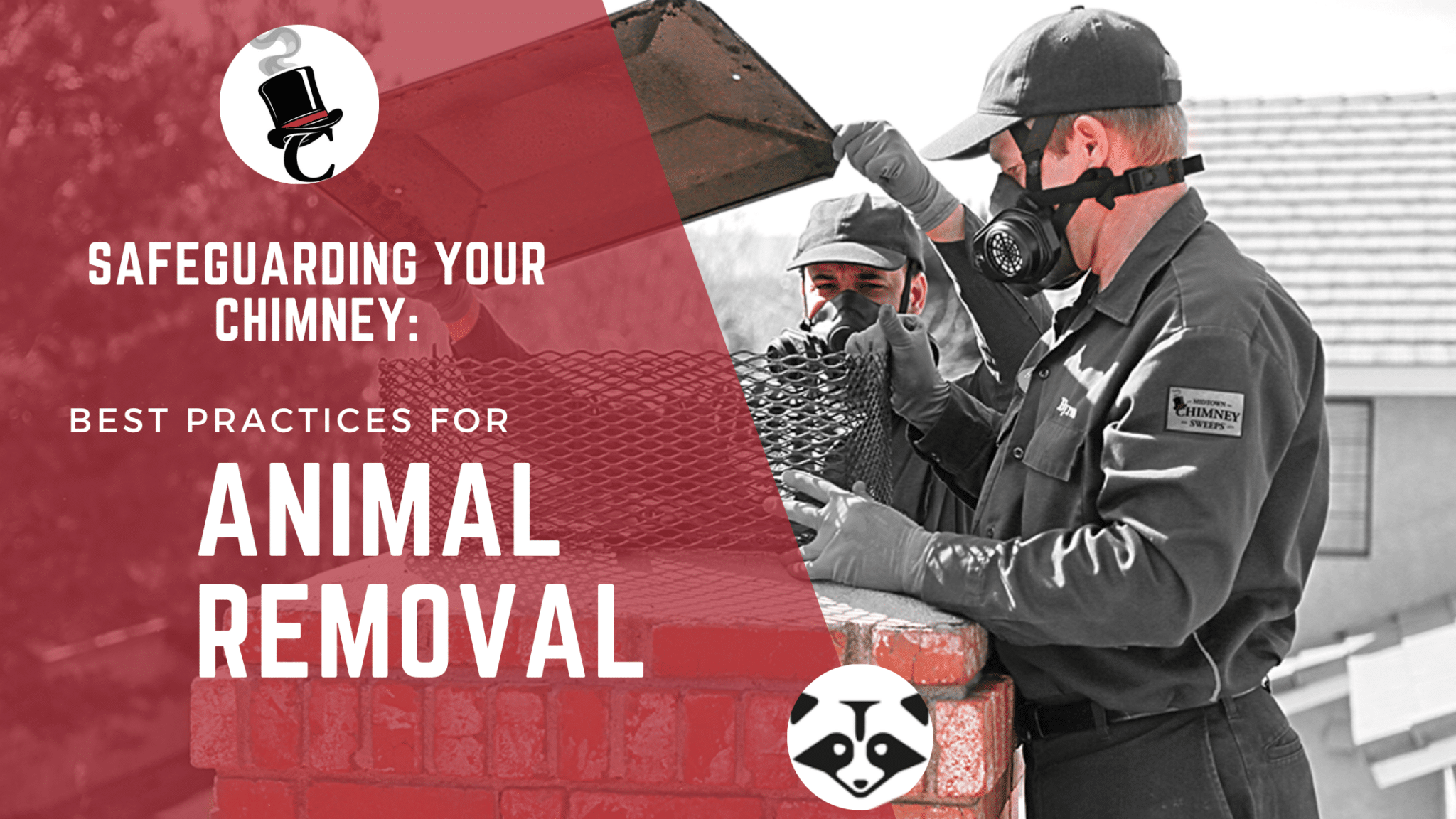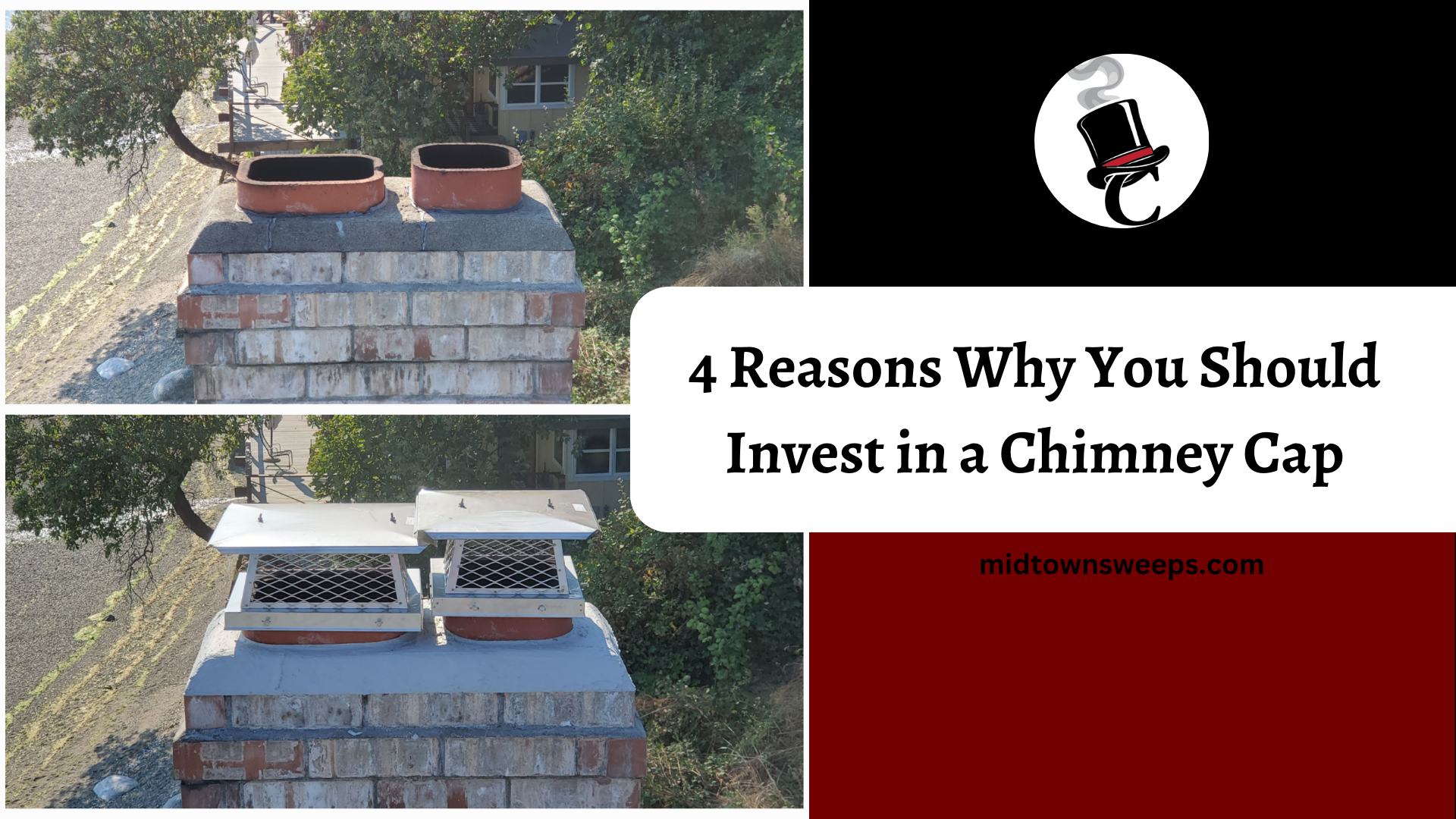When it comes to home maintenance and home repair, one of the things that is easily forgotten is the exterior chimney. This is often because many homeowners rarely use their chimney outside of a few holiday fires and as a backdrop to big family gatherings. Plus, being located so far up and often mostly out of sight from the ground, it often goes unnoticed — unless it’s in such bad repair as to be dropping bricks!
But you don’t want it to get in that bad of disrepair! A poorly maintained chimney can cause all kinds of issues including increased risk of fire and expensive structural damages. Thankfully, routine maintenance and quick repair when issues are noticed will go a long way to preserving your chimney’s looks, structural integrity, and usefulness as a cozy home hearth. The following is a quick look at three of the most common exterior chimney problems and how they can be resolved:
3 Common Exterior Chimney Problems & How to Resolve Them
- Cracks to the chimney crown and chimney cap issues. At the very top of the chimney is what is called the chimney crown. Sometimes referred to as a chimney wash, the chimney crown is a large slab of metal, stone, or concrete that covers the top opening of the chimney. This slab is built to specifications of the chimney and should be at minimum two inches thick to best withstand the rain, snow, and other moisture that occurs season after season. But the same moisture it protects the interior chimney from can also cause it damages after time. Another common cause of chimney crown cracks is fast freeze-thaw changes — although newer homes and chimneys are now built with freeze-thaw resistant concrete so this has become less of an issue. Due to chimney crowns being specially fitted to chimneys, crack repairs or new chimney crown replacement should be done by a certified chimney technician and mason. Homeowners may also elect to add a chimney cap atop for added protection (note a chimney cap differs from a chimney crown in that it is primarily made of metal and serves only to cover the flue not the entirety of the top).
- Brickwork and chimney mortar problems. Bricks are a fantastic building element and the bricks and chimney mortar that were used to create your exterior chimney were specially formulated to withstand high temperatures of up to 3,000 degrees Fahrenheit. That said, time comes for all things and if you haven’t checked your brickwork or chimney mortar in awhile, now might be the time. Deteriorating chimney mortar is a common exterior chimney problem that results in exposing the bricks and other chimney components to moisture intrusion which causes a cascading deterioration effect to the entire system. The best way to prevent this is to have the chimney mortar regularly inspected and replaced as necessary.
- Creosote and other obstruction build-ups including at the chimney cap. For those homeowners who use their fireplace more often than most, one of the most common issues that can arise both on the inside and at the top of the chimney is creosote and other obstruction build-ups. Cresote occurs when there isn’t optimum airflow for a fire and incomplete combustion occurs. Chimney creosote can appear either as a tar-like deposit or a more hardened material that sticks and continues to build up along the inner sides of your chimney and even block up the chimney crown and chimney cap. Because creosote poses big health risks, it’s advisable to seek professional help if this is an issue
Need Chimney Help? Contact Us
To learn more about chimney crown, cap, and mortar issues, contact our team today!

